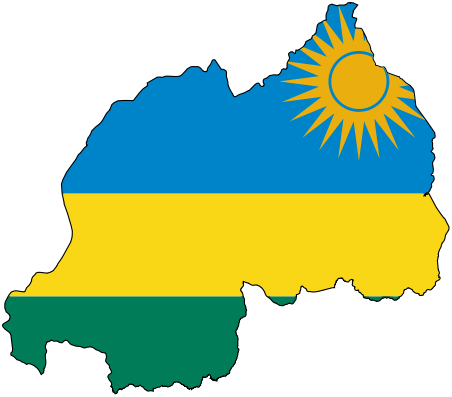Wetland accretion and vegetation growth model integration and application to coastal wetland management
Coastal wetlands are critical components of the coastal landscape, providing a number of important ecosystem services such as habitat, carbon sequestration, erosion control, and recreation and tourism.
In recent years, the flood risk management services produced by coastal wetlands have been of interest to many coastal communities, and many new and ongoing coastal storm risk management studies are including coastal wetlands as components of the coastal storm risk management system.
Additionally, wetland restoration activities are being integrated into navigational dredging operations, which will require understanding of the types and frequency of restoration actions required to maintain wetland function.
Understanding wetland elevation dynamics and associated vegetation dynamics is critically important as wetland bathymetry and vegetation type and abundance are the two dominant factors that determine the ability of wetlands to attenuate waves and surge as well as provide other desired ecosystem services.
However, questions remain as to the ability of coastal wetlands to sustain elevation and associated functions over USACE project lifecycles and what management actions to plan for to maintain coastal wetlands in the case natural processes are insufficient.
USACE requires the ability to predict the response of coastal wetland elevation and vegetation changes in response to sea level rise, storms, restoration activities, and potential changes in system drivers over at least a 50 year project lifetime.
Brief Description of Anticipated Work:
The overall goal of this work is to incorporate coastal wetland accretion dynamics into an USACE process-based vegetation model currently being adapted for coastal wetland systems.
Specific objectives of this work include:
Determining critical processes included in existing accretion models to integrate with vegetation growth model and identification of coupling requirements for the models such as spatial scales and coupling time steps; Full integration of wetland accretion and vegetation models for one species; Incorporation of vegetation interspecies dynamics and competition to include the role of invasive species colonization and management on accretion processes; and Development of case studies and examples of applications of the integrated models in a project lifecycle context with a focus on sites in the southeastern US.
In recent years, the flood risk management services produced by coastal wetlands have been of interest to many coastal communities, and many new and ongoing coastal storm risk management studies are including coastal wetlands as components of the coastal storm risk management system.
Additionally, wetland restoration activities are being integrated into navigational dredging operations, which will require understanding of the types and frequency of restoration actions required to maintain wetland function.
Understanding wetland elevation dynamics and associated vegetation dynamics is critically important as wetland bathymetry and vegetation type and abundance are the two dominant factors that determine the ability of wetlands to attenuate waves and surge as well as provide other desired ecosystem services.
However, questions remain as to the ability of coastal wetlands to sustain elevation and associated functions over USACE project lifecycles and what management actions to plan for to maintain coastal wetlands in the case natural processes are insufficient.
USACE requires the ability to predict the response of coastal wetland elevation and vegetation changes in response to sea level rise, storms, restoration activities, and potential changes in system drivers over at least a 50 year project lifetime.
Brief Description of Anticipated Work:
The overall goal of this work is to incorporate coastal wetland accretion dynamics into an USACE process-based vegetation model currently being adapted for coastal wetland systems.
Specific objectives of this work include:
Determining critical processes included in existing accretion models to integrate with vegetation growth model and identification of coupling requirements for the models such as spatial scales and coupling time steps; Full integration of wetland accretion and vegetation models for one species; Incorporation of vegetation interspecies dynamics and competition to include the role of invasive species colonization and management on accretion processes; and Development of case studies and examples of applications of the integrated models in a project lifecycle context with a focus on sites in the southeastern US.
Related Programs
Basic, Applied, and Advanced Research in Science and Engineering
Department Of Defense
Agency: Department of Defense
Office: Dept. of the Army -- Corps of Engineers
Estimated Funding: $75,000
Office: Dept. of the Army -- Corps of Engineers
Estimated Funding: $75,000
Obtain Full Opportunity Text:
EERE Funding Opportunity Exchange
Additional Information of Eligibility:
This opportunity is restricted to non-federal partners of the Piedmont-South Atlantic Coast Cooperative Ecosystems Studies Unit (CESU).
Full Opportunity Web Address:
https://eere-Exchange.energy.gov
Contact:
Agency Email Description:
Grants Officer
Agency Email:
Date Posted:
2020-06-04
Application Due Date:
Archive Date:
2020-08-30
Social Entrepreneurship
Spotlight
Rwanda as Social Entrepreneur Fund Beneficiary

The Republic of Rwanda has been picked as one of the six African countries as beneficiaries for a new fellowship fund program designed at supporting social entrepreneurs in tackling issues on food security.

